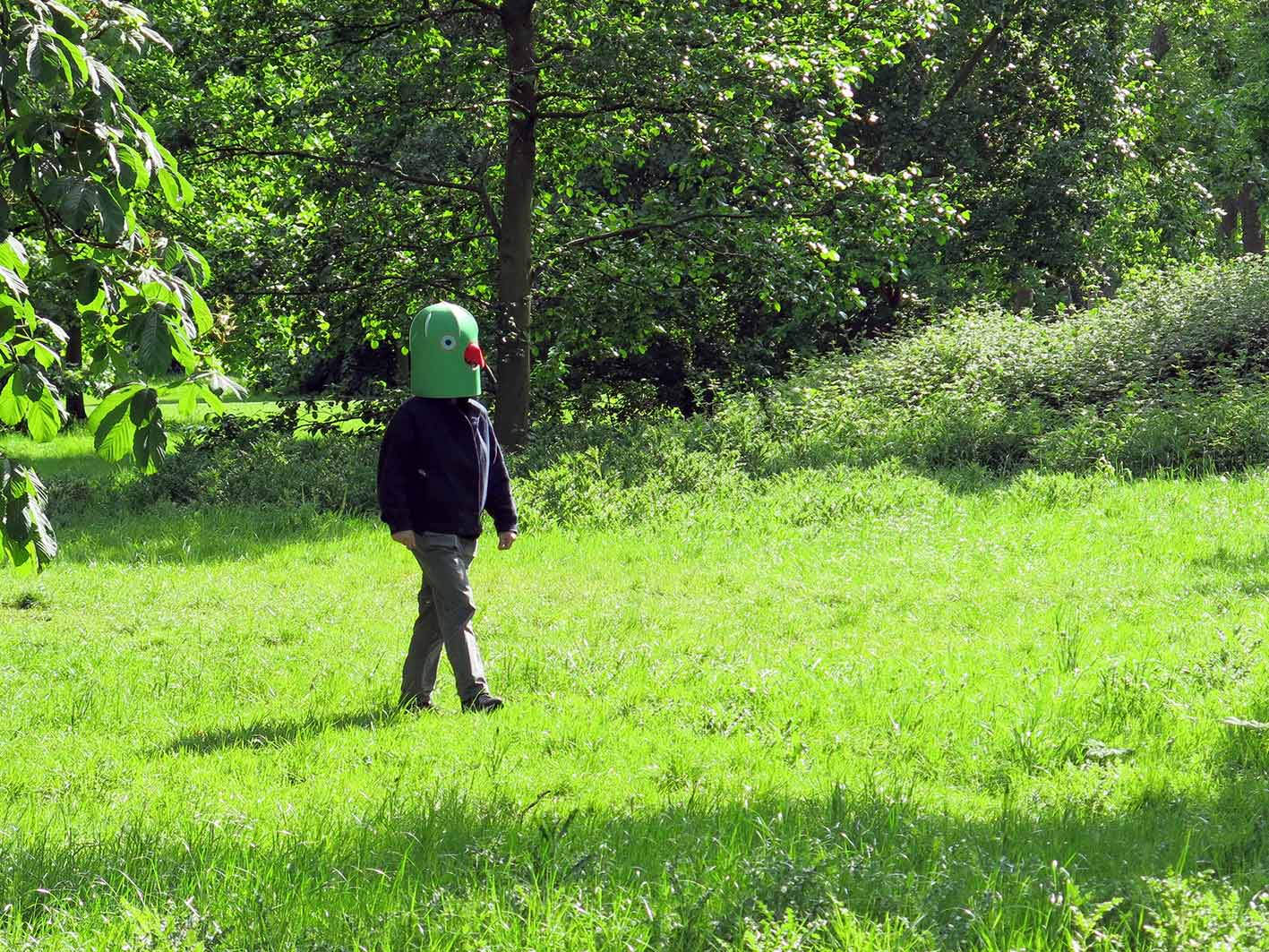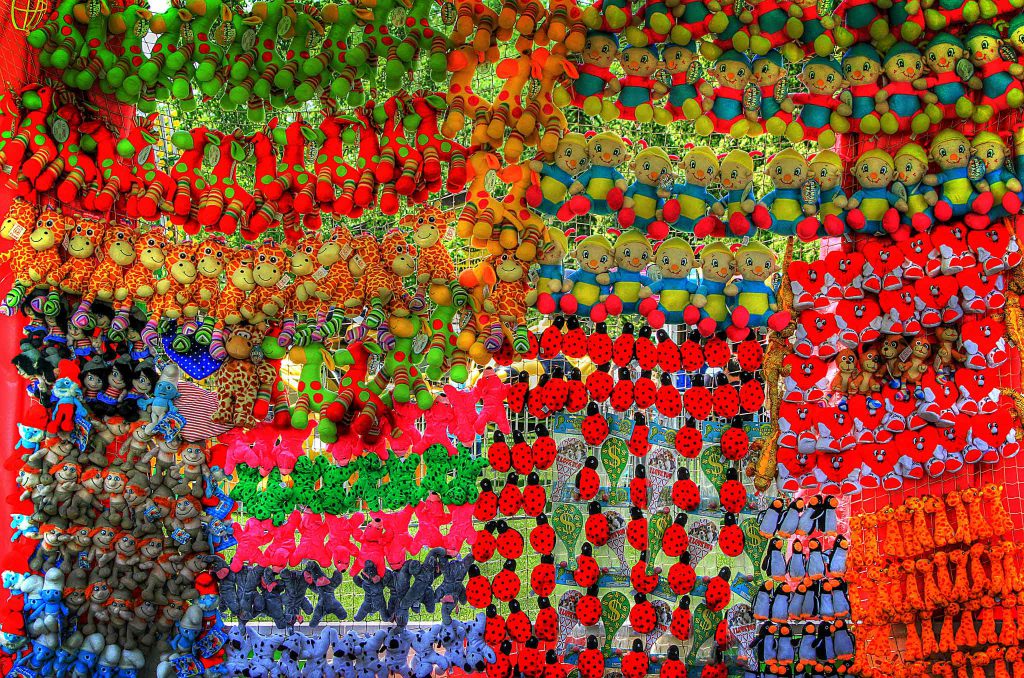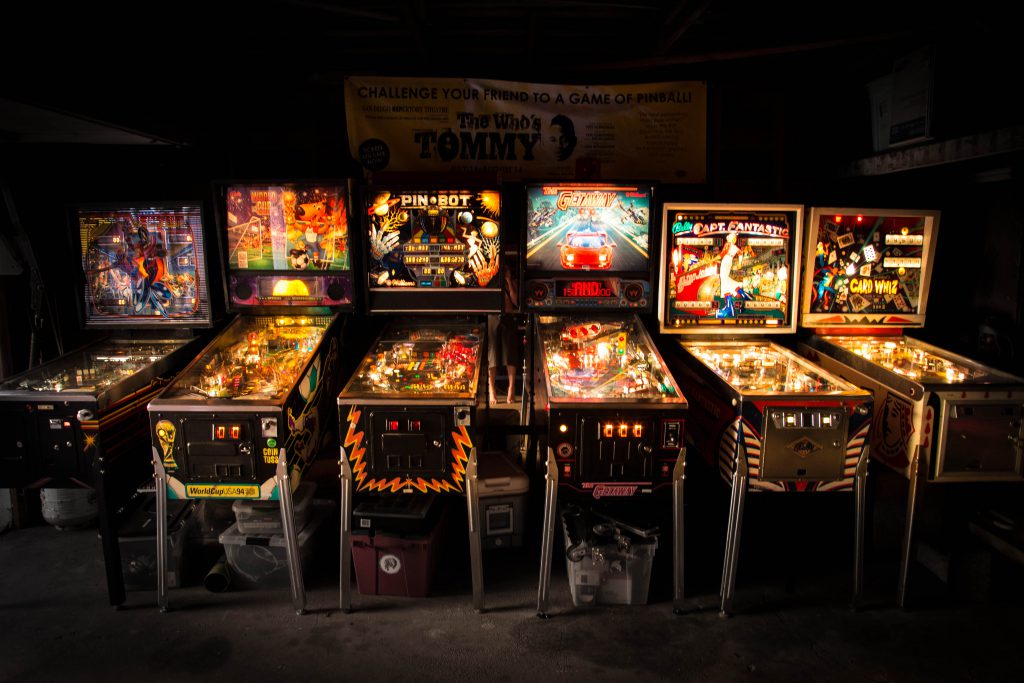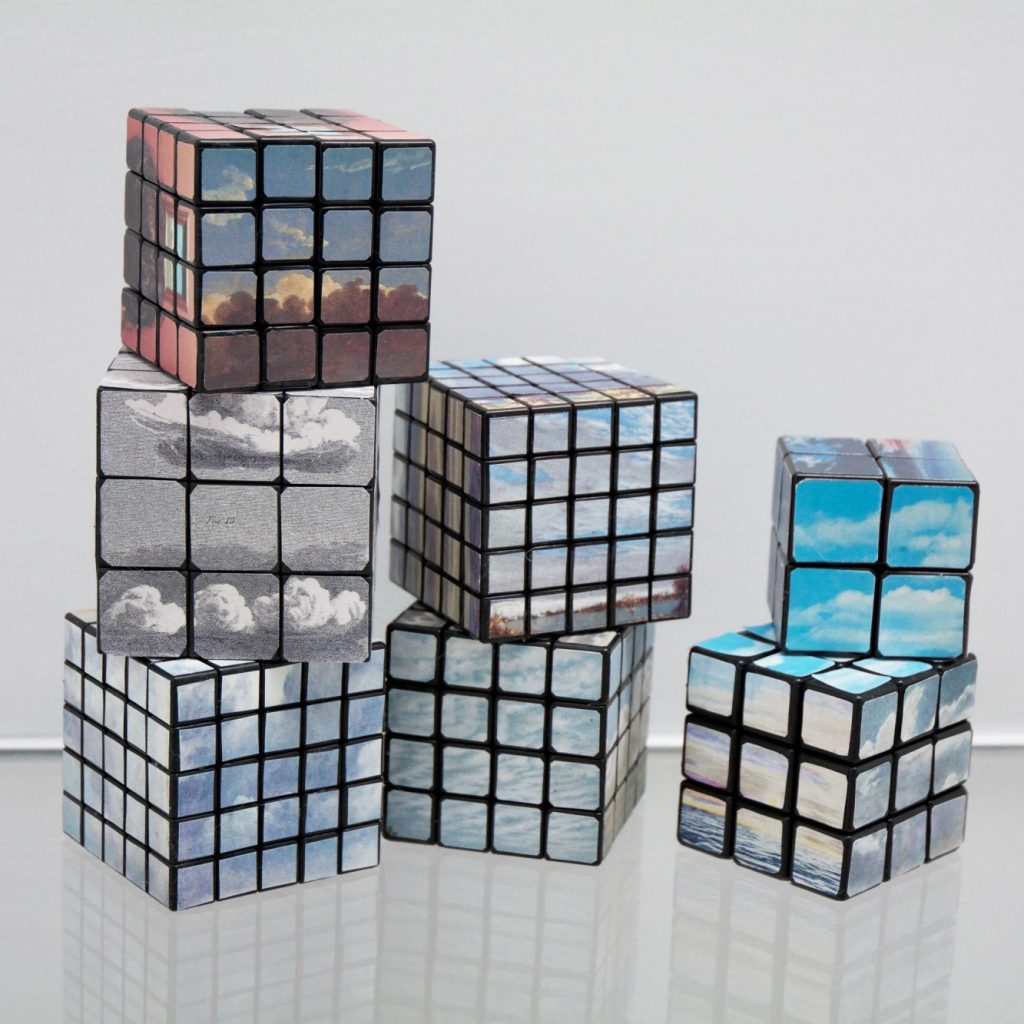Designer Kaylene Kau believes it’s time that we begin to repair and foster relationships on a species to species level. Her Animal Diplomacy Bureau is trying—through play—to shed a human-centered narrative of the world.
Animal Diplomacy Bureau (ADB) is about creating playful and non-confrontational means to get people thinking and talking about conservation within urban landscapes. The ultimate goal is to cultivate better human—animal relations through changing the way we think. This is a difficult task, because, before we can begin to think about changing our thoughts, we need people to consider how they think about animals in the first place. In our increasingly urban environments, animals are increasingly irrelevant. By moving into cities designed for humans, we have segregated ourselves both physically and mentally from wildlife. ADB bridges this divide through play.
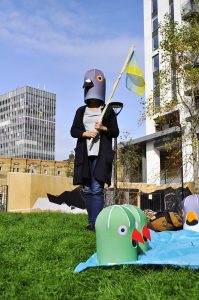
Play is a way of reimagining our current realities and entertaining new values and concepts. In play we can begin to leave behind any assumptions about animals and where they should live and begin to imagine how cities may look if they were designed for both humans and animals equally. But, can play really influence us this much?
Play is a cooperative way to imagine new worlds and affect reality.
There was a game that went viral on social media not too long ago, called The Floor is Lava. This game directly affected human behavior in the real world. Whenever someone yelled “THE FLOOR IS LAVA!”, you had to jump onto the nearest raised surface to avoid getting burned by lava. It’s a totally ridiculous, and counterproductive premise. But, that didn’t matter because it’s just play! In play our minds can entertain and make real alternate worlds with different rules. What’s even more amazing is, that we create worlds together with other people. The Floor is Lava only worked if you had friends who also agreed, that at certain points in time THE FLOOR IS LAVA. Play is a cooperative way to imagine new worlds and affect reality. So, why don’t we play to imagine a world where the city is reclaimed for wildlife? Let’s become birds!
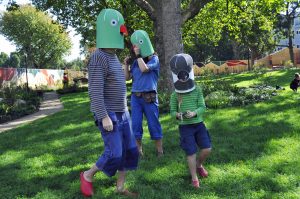
ADB created a series of mixed-reality games (Birds on the Grass) where players became birds and wandered the streets and parks of London to find food and survive. Players could choose to be one of three types of London birds: invasive Ring-Necked Parakeet, Great Tit or Peregrine Falcon. Players were given two tools, the Bird Song Compass and Bird Alert Network, both based on real bird behaviors. The Bird Song Compass allowed players to find food by triggering geocached bird songs at locations where food was hidden. The Bird Alert Network activated a bird warning song whenever the Peregrine Falcon was close by. With these tools, players had the information real birds have when they navigate our cities. Players not only became birds, but also began to think like birds.
Turning people into birds is a great way of getting them to spend time thinking about the world through animal eyes.
Ultimately, the game translated Bird Reality into a way that humans can understand and feel empathy towards. It also allowed players to view their everyday surroundings differently. Streets, buildings, and parks took on different meanings when people became birds. When we begin think and see as birds, we start to understand how human action affects them. The games are a way of allowing people to think and draw their own conclusions about a serious but often sidelined topic, human—animal relations. As ridiculous as it may look, turning people into birds is a great way of getting them to spend half an hour of thinking about the world through animal eyes.
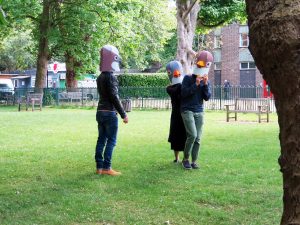
For ADB, play is the greatest form of diplomacy. As Thomas S. Henricks, a play theorist, wrote, “in play, people envision and enact the possibilities of living in their societies; and for that reason, play is an important agency for social and cultural change.”1 This is not to say, that people will change the way they think immediately after playing the games. What is important, however, is that people are given the chance to experience an alternative vision of the world and the freedom to think about its implications. There is no reason to force ideas or ideology onto a person, but it is important to be able to share ideas and talk about them. Play gives people the chance to do this in a non-confrontational way.
What was important was not the ideas, but the new ways of thinking people had begun to adopt.
Each full session of Birds on the Grass ended with a chance for people to talk about their experiences as birds. The conversations were kickstarted by the question “What would the city look like if it were designed equally for humans and animals?” As players were ungainly bird people just minutes before, they continued to be playful, coming up with some fantastical ideas that put animals at the forefront. Among the topics talked about were the expansion of the Thames river into wetlands, the best city planning methods for animal city, and more. What was important was not the ideas, but the new ways of thinking people had begun to adopt. They were truly thinking through a multispecies lens. Each of these ideas were drawn into a series of Cities in collaboration with illustrator Ying-Chen Juan. They serve as a way to document the games and the how people are approaching the idea of a more animal inclusive city.
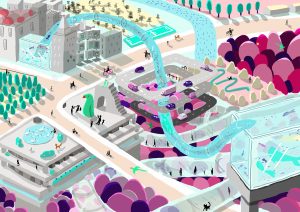
In all its silliness, play is a wonderful tool for diplomacy. Play is cooperative world building and future imagining. It’s a way of leveling the playing field and negotiating concepts and relationships between different people and animals alike. As the world continues on its current path, we need to be actively imagining and making real alternative futures towards a more stable and multi-species future. We need to understand our impact on species other than ourselves and to do this we need to change the way we think. Animal Diplomacy Bureau hopes that through games we can begin to think together and create more animal inclusive cities. ♦
1 Henricks, Thomas S., “Play as Self Realization: Toward a General Theory of Play,” Journal of Play, 6 (2014), 192–96.
(Image credits: All photos courtesy of Kaylene Kau. “Zoning City,” illustration by and courtesy Ying-Chen Juan.)


